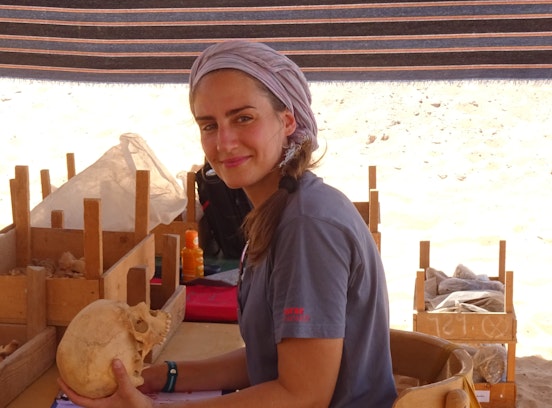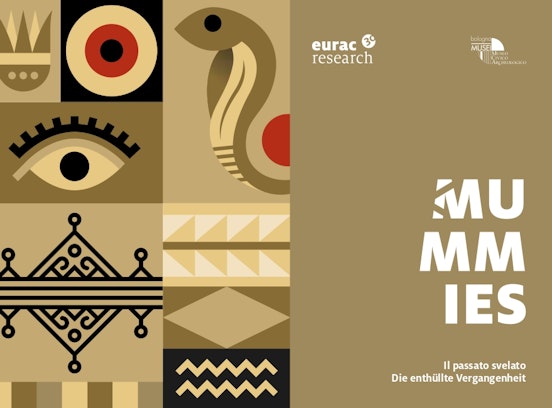Institute for Mummy Studies - Bioarchaeology
Bioarchaeology
Multidisciplinary research on skeletal and mummified human remains that combines archaeology, physical anthropology, paleopathology, paleoradiology and geochemistry.
- English
The bioarchaeological research of skeletal and mummified human remains expands our understanding on the lifestyle, death and health history of people living in the past. Human remains from archaeological contexts are crucial biological archives and tangible traces of the past. The bioarchaeological investigation starts with the identification and recovery of biological remains in their original context and continues with the scientific analysis in dedicated laboratories (e.g., Anthropology Lab, aDNA Lab).
Thereby, human remains are investigated by multidisciplinary approaches using standardized and reliable methods form the field of physical (biological) anthropology, paleopathology (study of the ancient diseases) and geochemistry (analysis of the stable isotopes). A critical dialogue among these disciplines contribute to the bioarchaeological interpretation of a given context. This provides insights into: the human social organization in the past, the health status and daily activities, dietary habits, exploitation of subsistence strategies, the human interaction with the environment and the climate, as well as into human mobility over time. Overall, this field of research provides a scientific contribution to archaeological studies and the conservation and valorization of biological heritages.
The infrastructure linked to this research field is:


